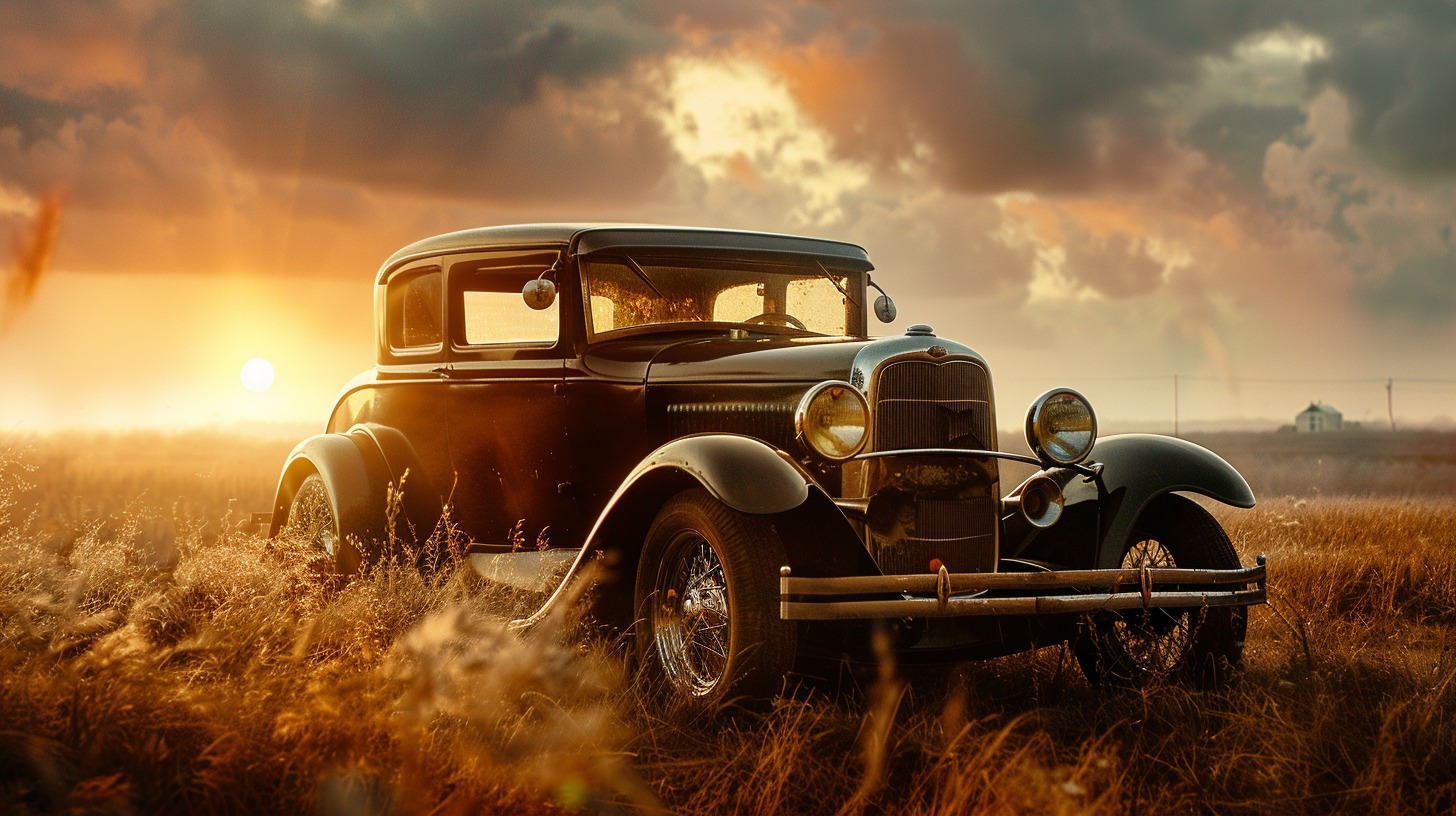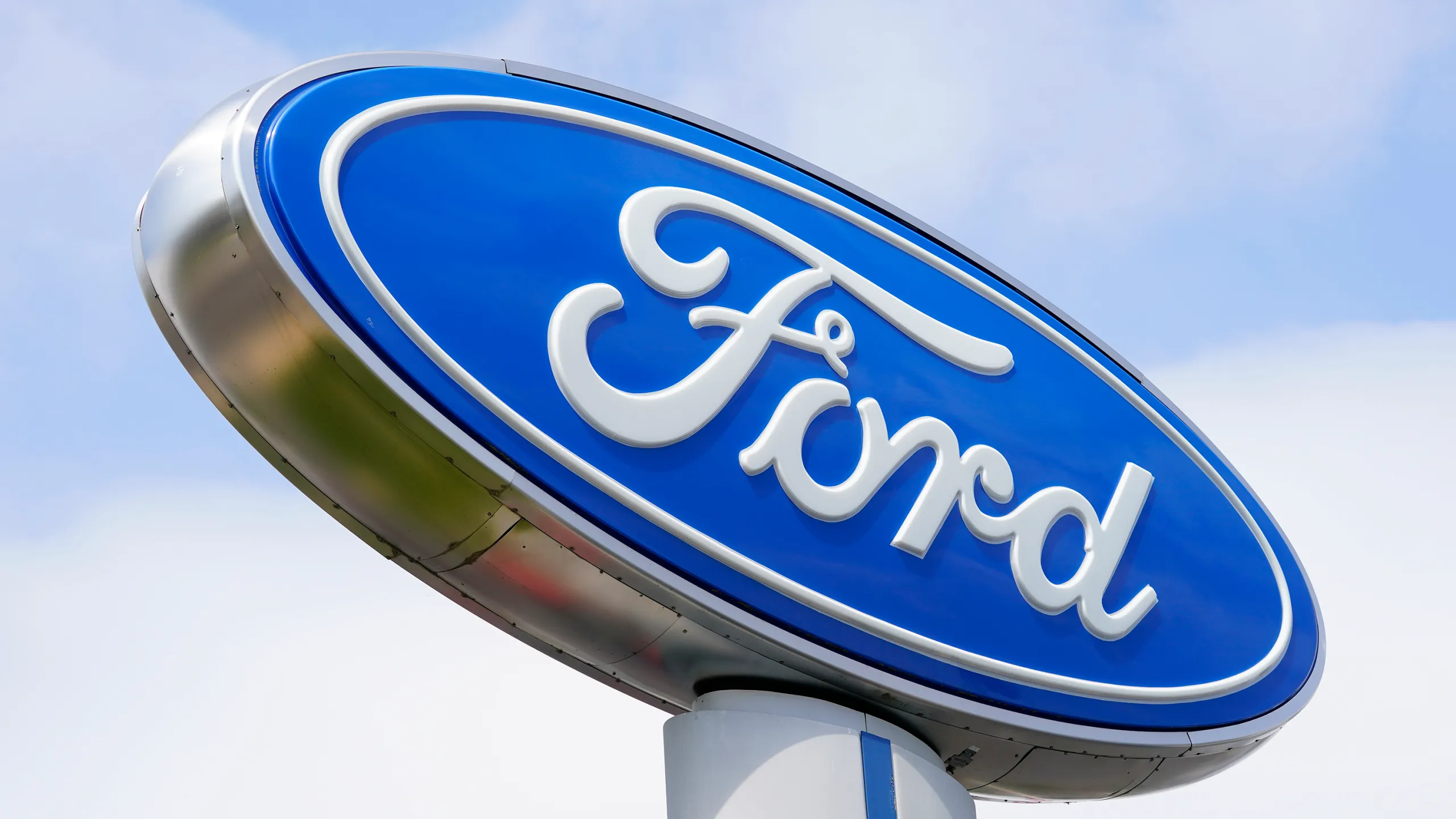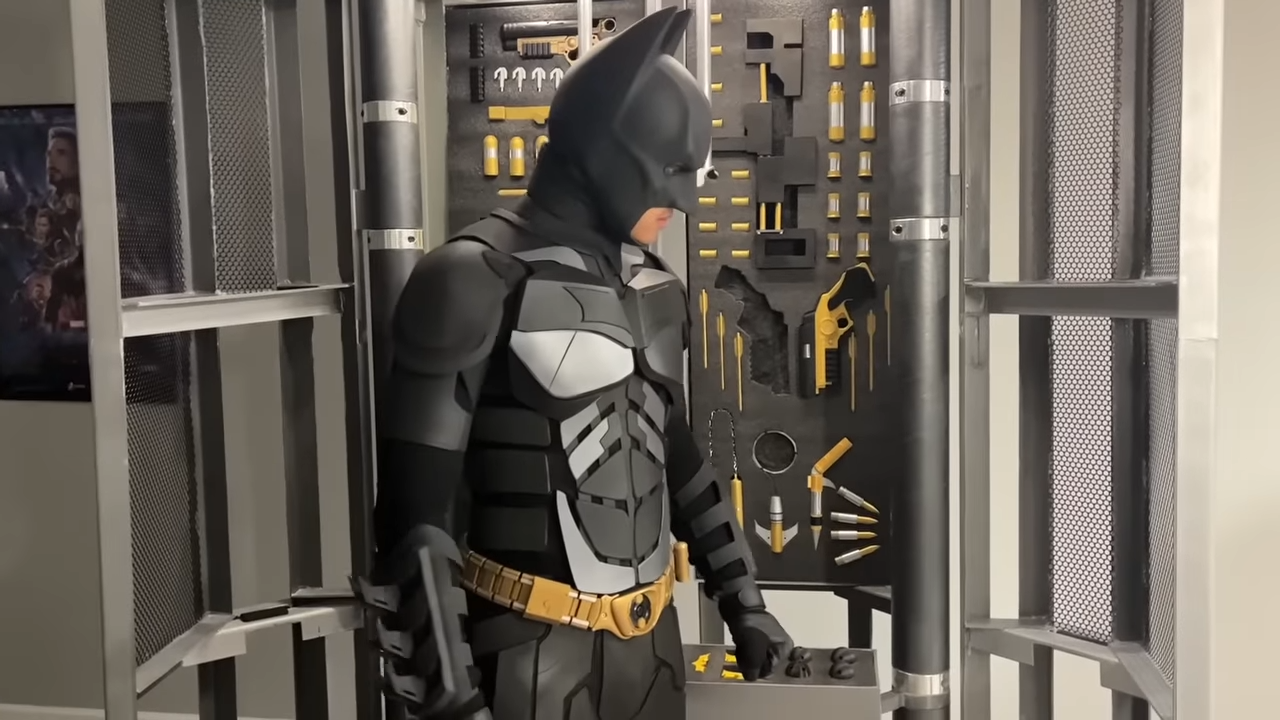Welcome to the world of vintage cars – remarkable machines that are much more than mere modes of transport. They are living histories, each with a unique story that embodies the evolution of automotive design and engineering. In this article, I will take you through time, exploring a curated list of some of the most iconic and influential vintage cars.
From the elegance of pre-war luxury to the raw power of classic muscle cars, these vehicles have shaped the landscape of car culture and continue to captivate enthusiasts and collectors worldwide.
Join me as we look into the details of each model, uncovering their distinctive features and the legacies they’ve left behind.
| Year & Model | Type/Style | Notable Features |
|---|---|---|
| 1961 Fiat 600 Multipla | Italian Classic Minivan | ‘Cab-forward’ design, space-efficient |
| 1961 Porsche 356B T5 1600 Roadster | Vintage Sports Car | Refined engine, crafted by Drauz |
| 1964 Ford Galaxie 500 XL Convertible | American Muscle Car | 390 cubic inch V8 engine, luxurious interior |
| 1921 Mercer Series 5 Sporting | Vintage Touring Car | Four-cylinder, L-Head block, racing history |
| 1930 Packard 733 Standard Eight Phaeton | Pre-war Luxury Vehicle | Straight-eight engine, manual transmission |
| 1968 Shelby GT500 KR Convertible | High-performance Muscle Car | 428 Cobra Jet V8, unique styling |
| 1931 Duesenberg Model J Convertible Sedan | Classic American Luxury | 420 cu in Inline-8 engine, custom coachbuilding |
| 1965 Peel Trident | Weird MicroCar | Small two-seater, bubble canopy design |
| 1922 Cunningham Series V-4 Model 82-A Town Limousine | Town Limousine | 442 cubic inch V-8 engine, luxury design |
| 1929 Hudson Model L Dual Cowl Sport Phaeton | Elegant Rarity | F-Head Inline-Six, semi-custom coachwork |
| 1936 Packard Twelve Series 1407 Coupe Roadster | V12 Elegance | 473 cubic inches V12, luxury roadster |
| 1976 Sebring-Vanguard CitiCar | 1970s Compact EV | Early electric vehicle, unique wedge shape |
| 1970 Maserati Ghibli 4.7 Spider | Vintage Italian Design | 4.7-liter V8 engine, racing heritage |
| 1957 Hudson Hornet V8 Custom | Classic V8 Performance | 327ci OHV V-8 engine, Hudson brand production |
| 1971 Honda N600 “Woodie” Wagon | Japanese Uniqueness | 36.6 ci Inline 2-Cylinder, wood trim design |
Table of Contents
Toggle1. 1976 Sebring-Vanguard CitiCar – 1970s Compact EV
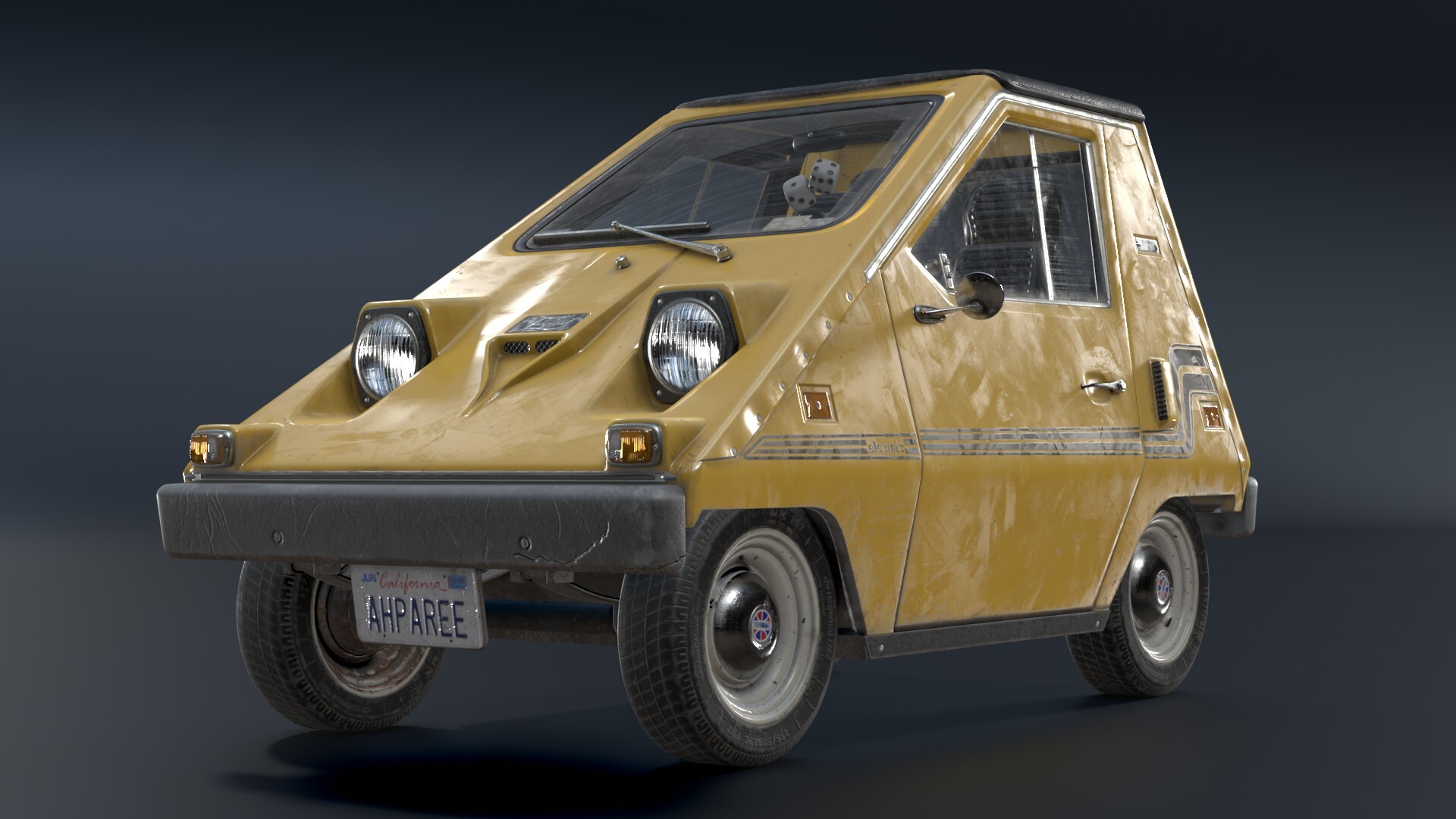
The 1976 Sebring-Vanguard CitiCar is a distinctive vehicle in automotive history, notable for its compact size and status as an early electric vehicle (EV). It was produced by Sebring-Vanguard, and at one point, this manufacturer rose to the sixth-largest in the United States.
Specifications:
- Power: Initially equipped with a modest 3.5 hp motor
- Battery: Six 6-volt batteries
- Top Speed: Around 28 mph
- Range: Approximately 35 miles
- Production Years: Continued until 1977
- Total Units Produced: Approximately 2,300
The CitiCar had models such as the SV-36 and SV-48, with the latter models seeing gradual improvements in power and performance. The unique, wedge-shaped design may have turned heads, but the CitiCar wasn’t exactly known for its aesthetics or driving excitement.
Electric vehicles were not as prevalent in the ’70s as they are today, making the CitiCar’s existence during this era particularly noteworthy. It represented an ambitious push toward more sustainable transportation options, well ahead of the widespread adoption seen in today’s market. Despite its limitations by modern standards, the CitiCar played a crucial role in pioneering the EV movement. The fact that it was produced in such numbers to rank Sebring-Vanguard as a significant auto manufacturer is a testament to the car’s historical significance.
Collectors may take interest in the CitiCar for its historical value as a classic EV from the 70s, representing an era where automotive innovation strived to break away from conventional gasoline engines, towards a more electrified future.
2. 1961 Fiat 600 Multipla – Italian Classic Minivan
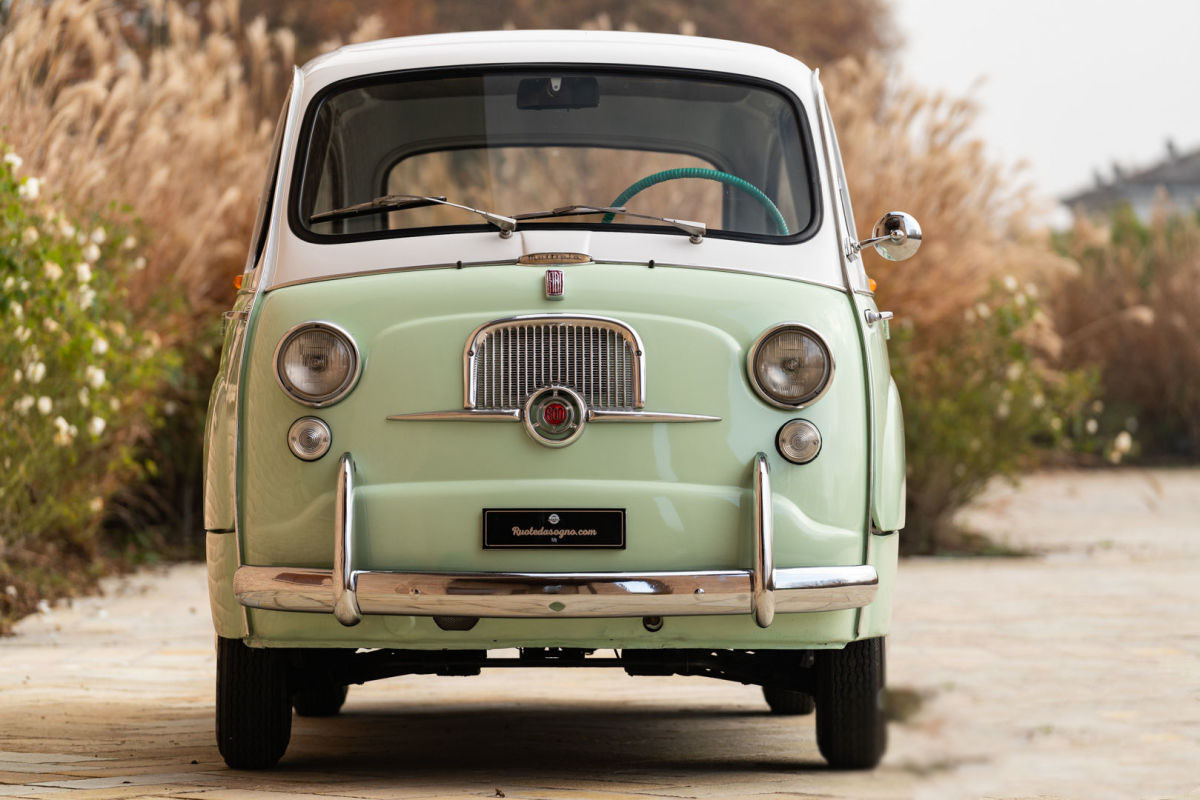
The 1961 Fiat 600 Multipla stands out as an innovative vehicle in automotive history. It was a pioneering force in the multi-purpose vehicle segment, often recognized for its distinct ‘cab-forward’ design. This classic car was part of a lineage that transformed how people perceived family transport, maximizing interior space while retaining a compact footprint.
| Engine: | Transmission: | Avg Sale Price: | Top Sale: |
|---|---|---|---|
| Rear-mounted 767-cc | Four-speed manual | $39,882 | $115,497 |
The Fiat 600 Multipla’s design optimized passenger accommodation, featuring flexible seating that could adapt to various needs, making it an early example of modularity in car design. With its charming aesthetic, the 1961 model combined functionality with personality.
It was produced exclusively in Italy from 1956 to 1965, with over 140,000 units rolling off the assembly lines.
The rarity and distinctiveness of the Fiat 600 Multipla, particularly the 1961 model year, have made it a sought-after collectible in the classic car market. Restored models, such as those handled by Signature Europe in 2015, are a testament to the enduring appeal of this innovative vehicle.
Collectors and enthusiasts cherish the Fiat 600 Multipla for its combination of midcentury Italian design and groundbreaking spatial efficiency. As its presence in classic car markets today attests, the 1961 Fiat 600 Multipla remains a beloved and iconic vehicle.
3. 1965 Peel Trident- The Weird MicroCar
The 1965 Peel Trident is an exceptional specimen in the realm of vintage microcars. It holds the noteworthy distinction of being one of the smallest two-seater cars ever produced. Initially showcased at the 1964 Earls Court Motorcycle Show, the Trident captured attention with its distinctive bubble canopy and futuristic design.
Specifications:
- Engine: The majority of Tridents housed a 49 cc Zweirad Union single-cylinder engine, paired with a three-speed gearbox lacking a reverse gear.
- Performance: With the 49 cc engine, the vehicle could achieve modest speeds, advertising fuel efficiency as one of its selling points.
- Design: Its design is composed of a fiberglass body mounted on a steel chassis, making it lightweight and, consequently, more fuel-efficient.
Peel Engineering produced a very limited number of these cars, which today makes the 1965 Peel Trident a rare collector’s item. Due to its uniqueness and historical significance, values for preserved or restored Tridents remain high, as evidenced by their asking prices on classic car markets as highlighted by the Motor Museum.
The Trident’s idiosyncratic design and rarity make it a sought-after piece for microcar enthusiasts. Although in production for a short period, its legacy endures, marking a distinctive chapter in automotive history.
4. 1961 Porsche 356B T5 1600 Roadster – Vintage Design
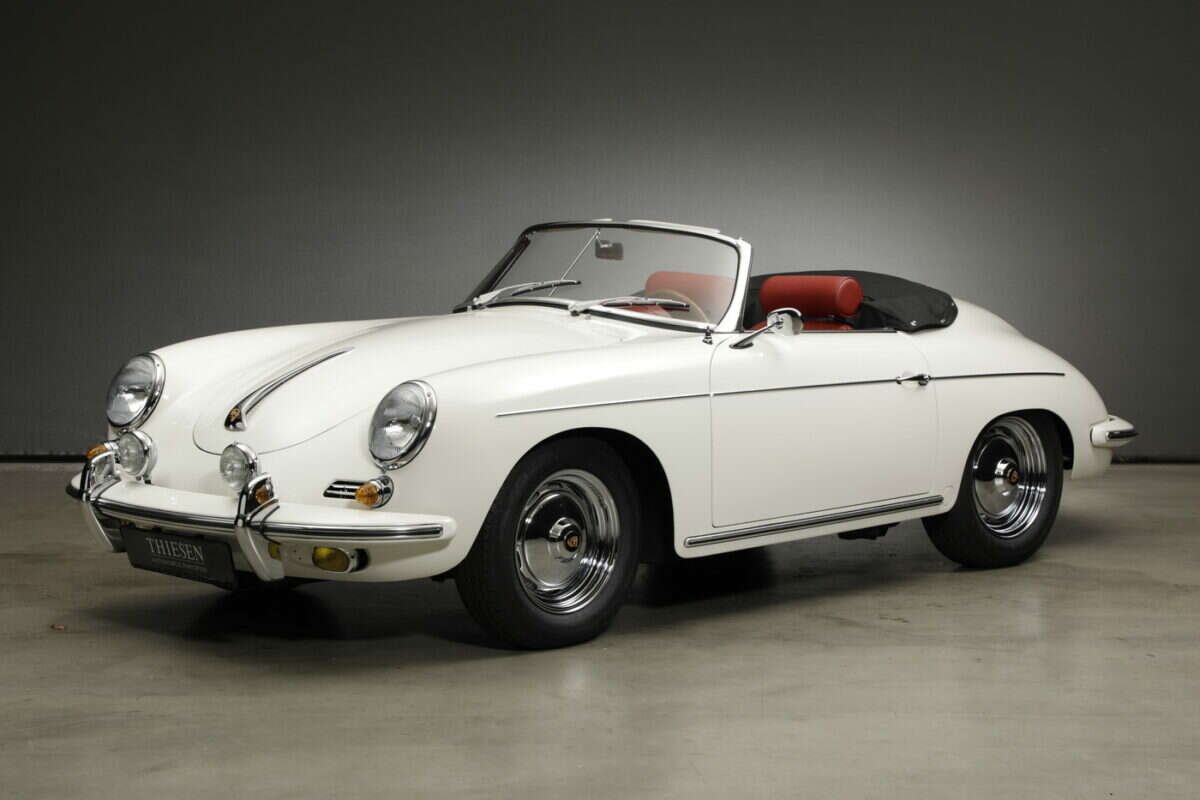
The 1961 Porsche 356B T5 1600 Roadster stands out for its exceptional design and engineering prowess. During 1960 and 1961, it is estimated that Porsche produced about 2,649 units of this model.
This period marked a phase of continuous improvement for Porsche, focusing on mechanical upgrades like refined engines, robust transaxle systems, enhanced shifting linkages, and superior brakes.
| Engine | 1,582cc OHV Flat 4-Cylinder |
|---|---|
| Carburetors | 2 Zenith |
| Coachwork | Drauz |
Known for delivering a blend of performance and style, the vehicle’s coachwork was crafted by Drauz, a respected name in automotive body construction of the time. Its engine specifications included a 1,582cc OHV flat 4-cylinder paired with dual Zenith carburetors, demonstrating the car’s balance between power and efficiency.
Collectors and enthusiasts continue to show interest in the 1961 Porsche 356B T5 1600 Roadster, with auction listings often indicating robust demand. For instance, a particular Roadster with Chassis no. 88680 was up for auction at Bonhams highlighting its significance and desirability among classic car aficionados.
5. 1964 Ford Galaxie 500 XL – American Muscle Car
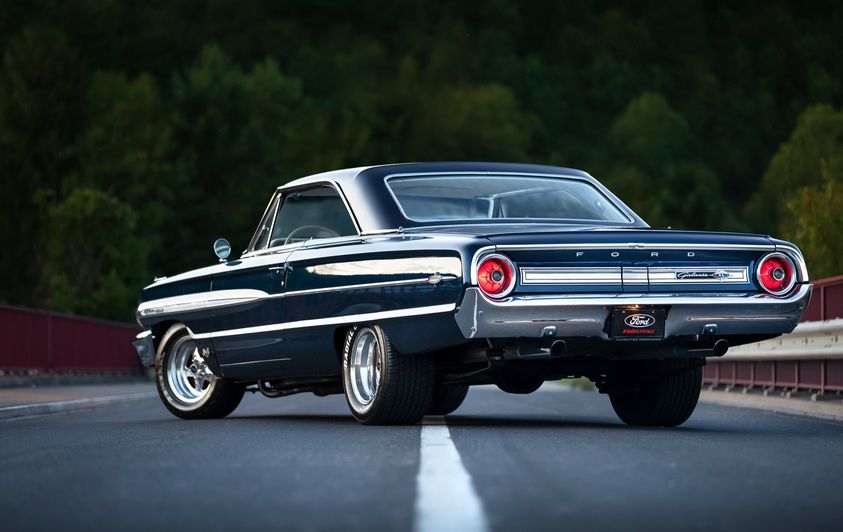
The 1964 Ford Galaxie 500 XL Convertible is a classic American car that embodies the spirit of the 1960s automotive industry. It stands out for its size, style, and performance that were hallmarks of the era according to Bonham Cars.
Key Features:
- Engine: This convertible often came equipped with a robust 390 cubic inch V8 engine, which was a potent powerhouse for its time.
- Transmission: It typically featured a smooth-shifting automatic transmission, facilitating a comfortable and leisurely driving experience.
- Interior: The Galaxie 500 XL boasted a luxurious interior, with bucket seats and a floor-mounted shifter contributing to its sporty feel.
- Design: It exhibited the classic design of the early 60s, complete with a sleek body, elegant lines, and a convertible top that offered drivers the joy of open-air cruising.
Many of these vehicles have been meticulously restored to their original grandeur. Collectors and enthusiasts often spotlight the Galaxie 500 XL for its pristine condition and historical value. The market has a variety of these models available, ranging from fully restored pieces to original condition cars that offer a glimpse into this iconic model’s past.
It played a significant role in American automotive culture. It was a symbol of success and the American dream, reflecting the confidence of the post-war United States. Its desirability remains high to this day, thanks to its timeless design and the enjoyable driving experience it provides.
6. 1921 Mercer Series 5 Sporting – Vintage Touring Car
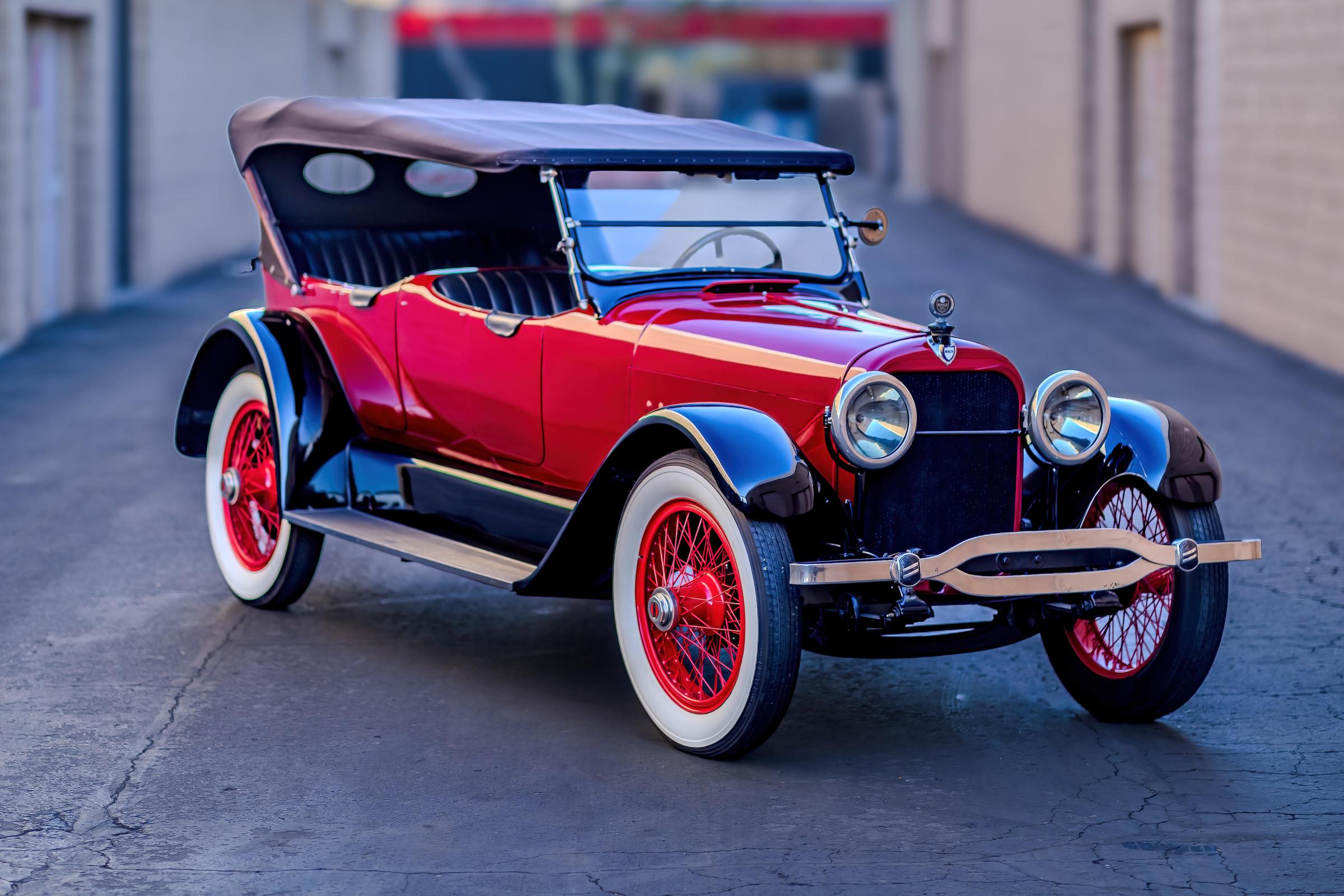
The 1921 Mercer Series 5 Sporting represents an iconic piece of automotive history. It hails from a time when cars were a blend of craftsmanship and innovation. The Mercer Automobile Company, based in Trenton, New Jersey, produced vehicles from 1910 to 1926, and the Series 5 Sporting model was among its most celebrated creations.
Specifications:
- Engine: Four-cylinder, L-Head block
- Displacement: 298.2 cubic inches
- Power: 70 S.A.E. horsepower
This model was designed for the enthusiastic driver who appreciated a combination of performance and style.
Racers and automobile aficionados in the early 20th century saw the Mercer as a symbol of speed and engineering excellence. It garnered admiration for its competitive edge in racing, with industry legends such as Barney Oldfield and Ralph de Palma among its proponents. The success on the racetrack helped solidify Mercer’s reputation and underscored the Series 5 Sporting’s performance capabilities.
Today, the 1921 Mercer Series 5 Sporting is highly sought after, noted for its rarity and its place in the pantheon of classic American automobiles as highlighted by Amazingclassiccars.com. Collectors and enthusiasts recognize it as a treasured artifact, preserving an era where the lines between road cars and race cars were thrillingly blurred.
7. 1930 Packard 733 Standard Eight Phaeton – Pre-war Luxury Vehicle
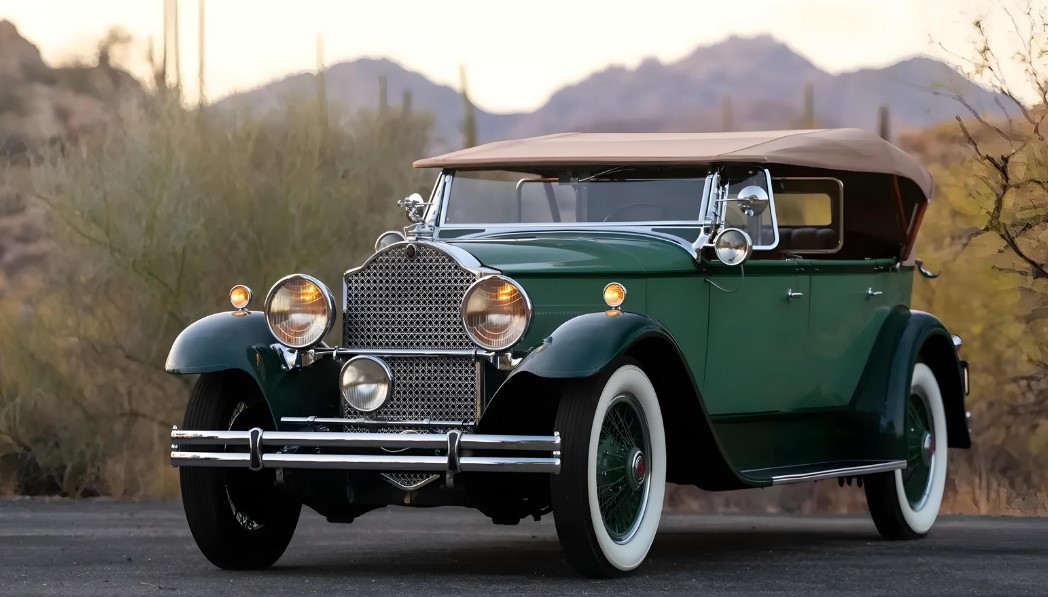
The 1930 Packard 733 Standard Eight Phaeton is an elegant representation of automotive excellence from the pre-war era. This model is often celebrated for its combination of style and performance. With a straight-eight engine, the vehicle delivers a blend of smooth operation and sufficient power that was notable during its time as noted in Automuseum.
Key characteristics:
- Engine: Straight-eight
- Transmission: Manual
- Drive: Left-hand drive
The 1930 Packard 733 embraced luxury in a form that was accessible without compromising on the marque’s reputation for quality. It falls under the larger umbrella of the Packard Standard Eight lineup, which has been well-received in the classic car market.
The Phaeton body style signals the car’s open-top design, which features two rows of seating and no fixed roof, a desirable attribute for collectors seeking the romance of vintage motoring. It’s a testament to Packard’s commitment to craftsmanship and automotive engineering, positioning itself as a symbol of 1930s luxury.
In today’s collector’s market, the 1930 Packard Standard Eight holds its own, with values reflecting its historical significance and its rarity. Collectors and enthusiasts venerate this model for its historical significance, design, and representation of Packard’s heritage—a veritable piece of automotive history as per Bonham Cars.
8. 1968 Shelby GT500 KR Convertible – High-performance Muscle Car
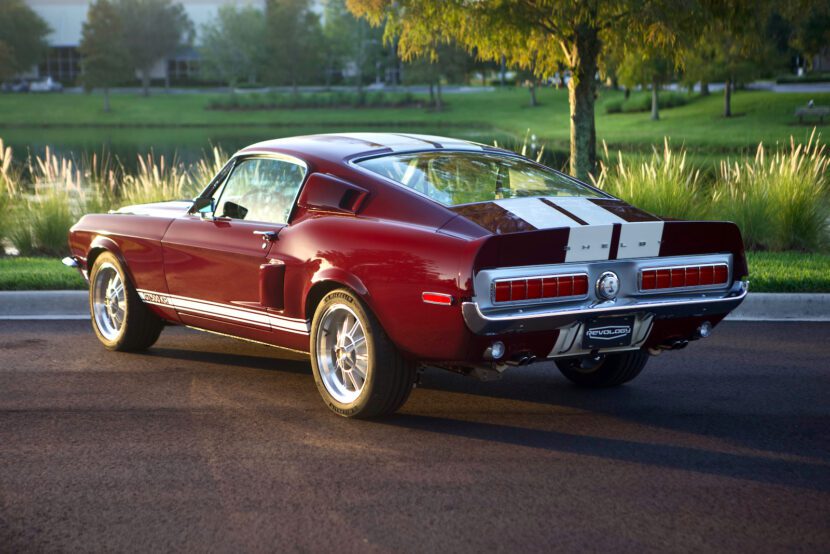
The 1968 Shelby GT500 KR Convertible represents an iconic era in American muscle cars, holding a revered place in automotive history. The GT500 KR, with “KR” standing for “King of the Road,” was a formidable force upon its introduction. They equipped it with the robust Ford 428 “Cobra Jet” FE engine. This powerhouse delivered staggering performance, which quickly became a staple for muscle car enthusiasts.
Unique Features:
- Engine: 428 Cobra Jet V8
- Horsepower: Approximately 335 hp (officially underrated)
- Torque: 440 lb-ft
- Transmission: Available in a 4-speed manual
The distinctive styling of the convertible version came with both performance and aesthetic upgrades over the regular Mustang. The KR boasted a more aggressive stance, functional scoops, and special striping, alongside the Shelby badge of honor which assured its authenticity and superior pedigree.
Shelby produced the GT500 KR in limited quantities for just one year, which has made it a rare and sought-after collector’s item in the classic car market. The car’s legacy is akin to the elevation of Ford and Shelby’s partnership in the world of high-performance vehicles. It has garnered a dedicated following, and its value has reflected this over the years, with 1968 Shelby GT500 KR models often fetching premium prices at auction according to Hemmings.
9. 1931 Duesenberg Model J Convertible Sedan – Classic American Luxury
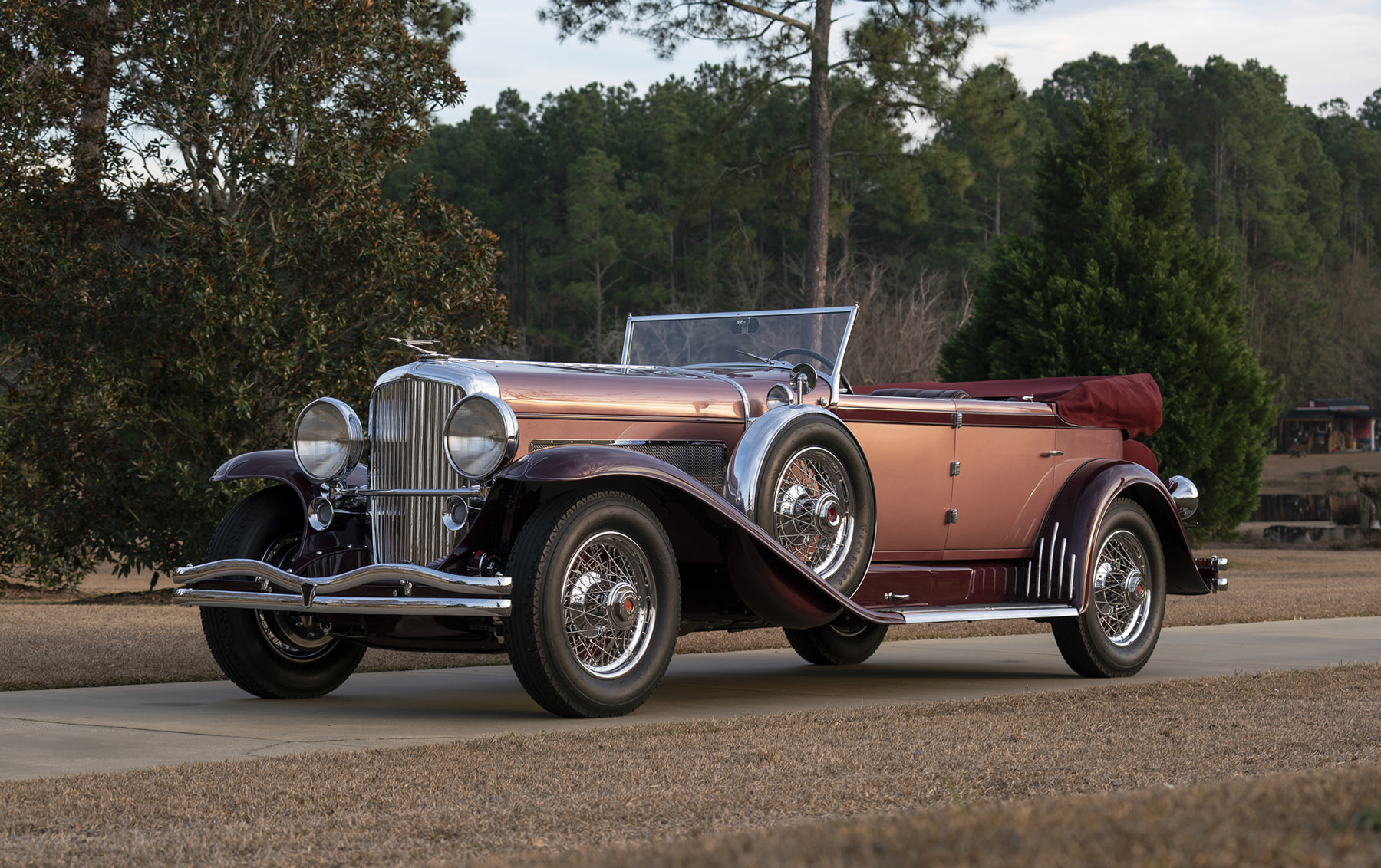
The 1931 Duesenberg Model J Convertible Sedan is a paragon of classic American luxury and engineering excellence. This iconic vehicle debuted at the New York Auto Show on December 1, 1928, grabbing the spotlight with its sophisticated design and exceptional performance capabilities.
Specifications:
- Engine: 420 cu in (6.9 L) DOHC Inline-8
- Power: 265 hp
- Transmission: 3-speed manual
- Wheelbase: 142.5 in
Under the hood lies Fred Duesenberg’s masterful creation: a 420 cubic-inch inline eight-cylinder engine, which was a marvel of its time. This engineering prowess rendered the Model J Convertible Sedan one of the most sought-after luxury automobiles in the early 1930s. With a new engine and chassis priced at approximately $8,500 then, the equivalent of approximately $112,594 today, the car was a symbol of opulence and prestige.
Noteworthy is the Model J’s custom coachbuilding, which was common among high-end autos of that era. Each vehicle had unique details, and the Murphy Body Company was one of the most favored coachbuilders for these cars, creating approximately one-third of all factory-purchased Duesenberg J variants.
Today, the 1931 Duesenberg Model J Convertible Sedan exemplifies not just a vintage car but a piece of art, representative of the innovation and luxury of its time. These vehicles remain highly prized by collectors, often fetching significant sums at auctions due to their rarity and historical significance.
10. 1922 Cunningham Series V-4 Model 82 – A Town Limousine
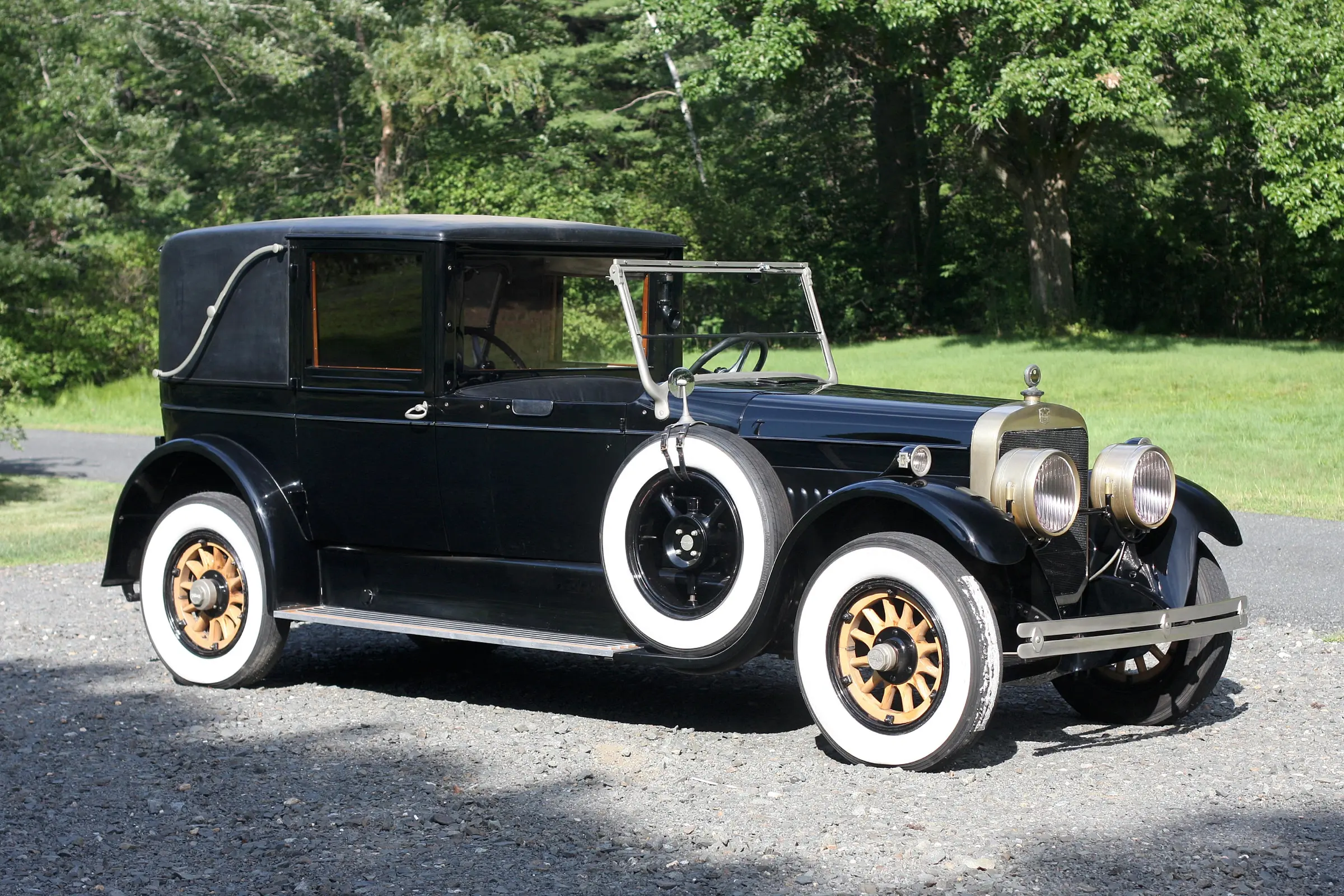
The 1922 Cunningham Series V-4 Model 82-A Town Limousine stands out as a paragon of luxury and craftsmanship from the early 20th century. This classic vehicle showcased the opulence and advanced engineering that distinguished Cunningham cars during that era.
Key Features:
- Engine: A powerful 442 cubic inch V-8 engine was at the heart of the Model 82-A, capable of delivering robust performance for its time.
- Transmission: It featured a then-advanced four-speed transmission, allowing for a smoother and more controlled driving experience.
- Rear Axles: The use of Timken-Detroit rear axles enhanced the vehicle’s durability and performance.
- Radiator Shell: Aesthetically, the car was updated with a sharp-edged radiator shell replacing previous designs.
The vehicle’s interior and exterior design epitomized the grandeur of the “Roaring Twenties.” The attention to detail in its construction positioned it as a luxury automobile sought after by the elite. The craftsmanship involved in the creation of each limousine reflected the tailor-made ethos of Cunningham automobiles.
This model was not only a means of transportation but also a status symbol, representing the pinnacle of comfort and engineering for its time. The 1922 Cunningham Series V-4 Model 82-A Town Limousine remains a celebrated collector’s item, exemplifying the elegance and style of vintage luxury vehicles.
11. 1929 Hudson Model L Dual Cowl Sport Phaeton – Elegant Rarity
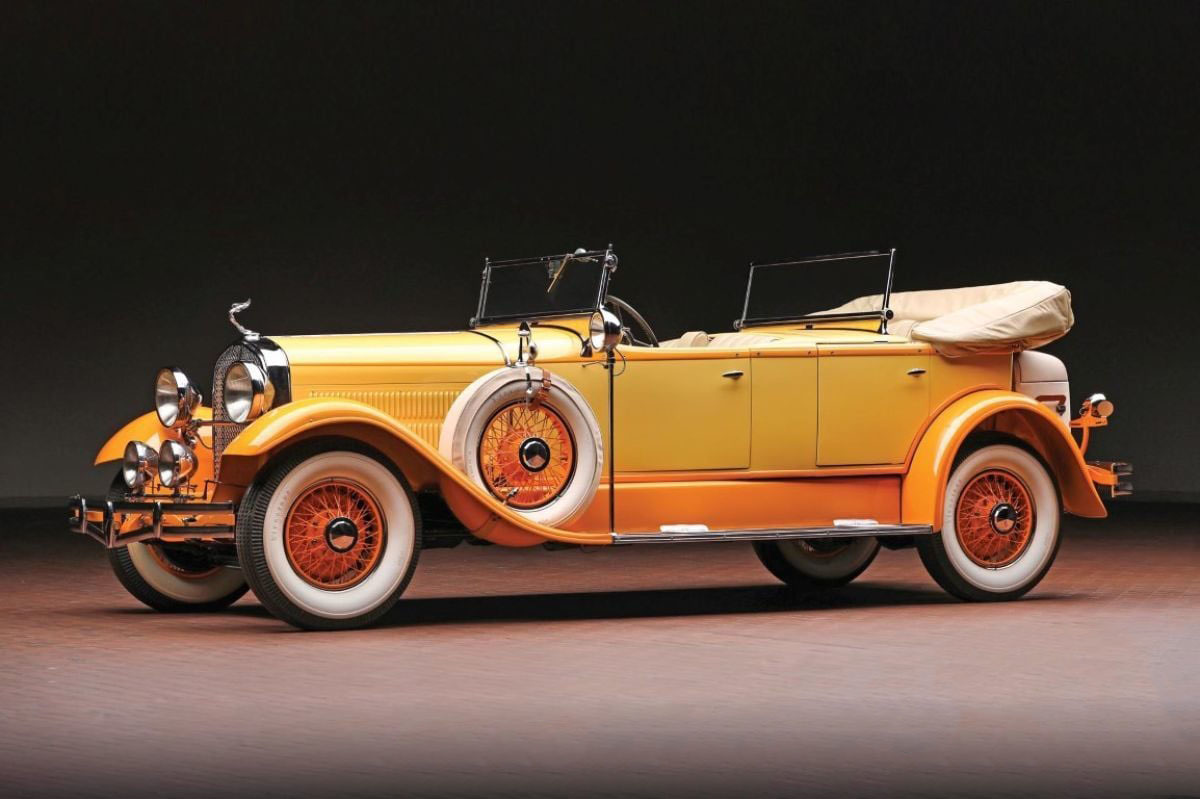
The 1929 Hudson Model L Dual Cowl Sport Phaeton stands out as an exquisite example of luxury and engineering from the late 1920s. This model was a part of Hudson’s prestigious lineup and was known for its sizable 139-inch chassis, distinguishing it from the shorter Model R.
Specifications:
- Engine: F-Head Inline-Six
- Power: 92bhp at 3,200 rpm
- Transmission: 3-Speed Manual
- Brakes: 4-Wheel Bendix Mechanical
Its coachwork, crafted by Biddle & Smart, was semi-custom, implying a degree of exclusivity and craftsmanship. At its core, the Hudson sported a robust 288.5 cubic inch engine that could deliver a respectable 92 horsepower—a notable figure for vehicles from the era.
The vehicle’s dual-cowl design provided a separate windshield for rear passengers, enhancing the sensation of a private cabin and adding to its allure among high-end consumers. This feature, along with the car’s stylish lines and attention to detail, underscored the opulence Hudson aimed to convey.
Mechanically, it was equipped with a 3-speed manual transmission and 4-wheel mechanical brakes, ensuring that the car’s performance matched its luxurious look.
Only a few original models are known to exist, which significantly adds to their mystique and value.
12. 1936 Packard Twelve Series 1407 Coupe Roadster – V12 elegance
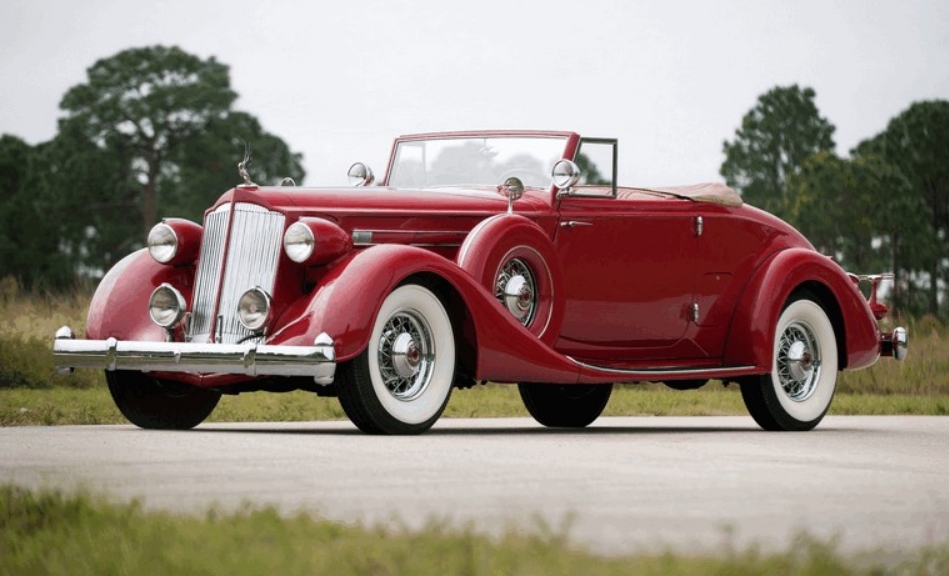
The 1936 Packard Twelve Series 1407 Coupe Roadster stands as a shining example of luxury and craftsmanship from the pre-war era of automobiles. It is heralded for its remarkable performance and classic design.
Specifications:
- Engine: 473 cubic inches V12
- Horsepower: 175 HP
- Torque: 366 ft-lb
Built by the prestigious Packard Motor Car Company, this vehicle is infamous for its powerful V12 engine and elegant features. The coupe roadster body style was crafted to offer both the excitement of open-air driving and the comfort of a high-end luxury car.
It is believed that only about 20 units of the Twelve 1407 Coupe Roadster were manufactured in 1936, making it a rare collector’s item. These vehicles were often finished by Murray, a coachbuilder known for its quality and finesse. The attention to detail is evident in the tan leather interior and the choice of wood-grained elements that can be found adorning the dashboard and steering wheel.
Collectors often regard the 1936 Packard Twelve for its driving capabilities, which were ahead of its time. Its smooth ride and considerable power output are characteristic of a vehicle that was built without compromise.
13. 1970 Maserati Ghibli 4.7 Spider – Vintage Italian Design
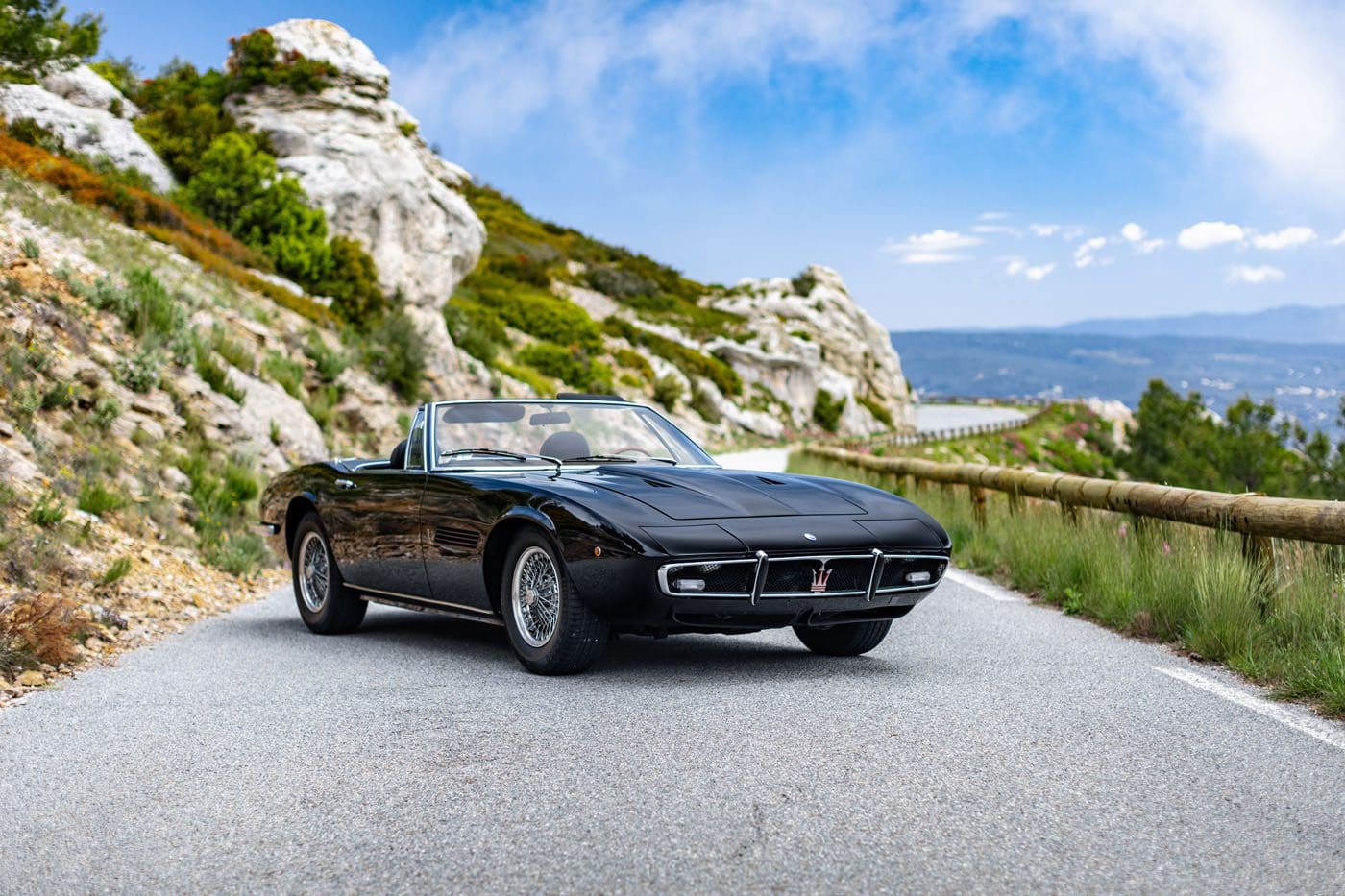
The 1970 Maserati Ghibli 4.7 Spider is a remarkable representation of classic Italian design and engineering. The car features a potent 4.7-liter four-cam V8 engine sourced from the racing heritage of the Maserati 450S. Its performance is accentuated by dry-sump lubrication and an assembly of four Weber carburetors, which enables the powerplant to produce between 310 and 335 horsepower.
| Engine Specifications | |
|---|---|
| Displacement | 4.7 liters |
| Configuration | V8 |
| Horsepower | 310-335 hp |
| Carburetors | 4x Weber |
The car’s design remains an aesthetic hallmark, with sleek lines and a poised stance that embodies the elegance of its era. With less than 130 units produced, the Ghibli Spider is a rare sight, further adding to its desirability and mystique. Those interested in the history and valuation of this classic can discover more insights and figures through various classic car market resources.
In summary, the 1970 Maserati Ghibli 4.7 Spider remains an iconic classic, revered for its style, performance, and exclusivity. With its superior blend of racing pedigree and touring comfort, it occupies a prestigious place in the pantheon of vintage automobiles.
14. 1957 Hudson Hornet V8 Custom – Classic V8 Performance
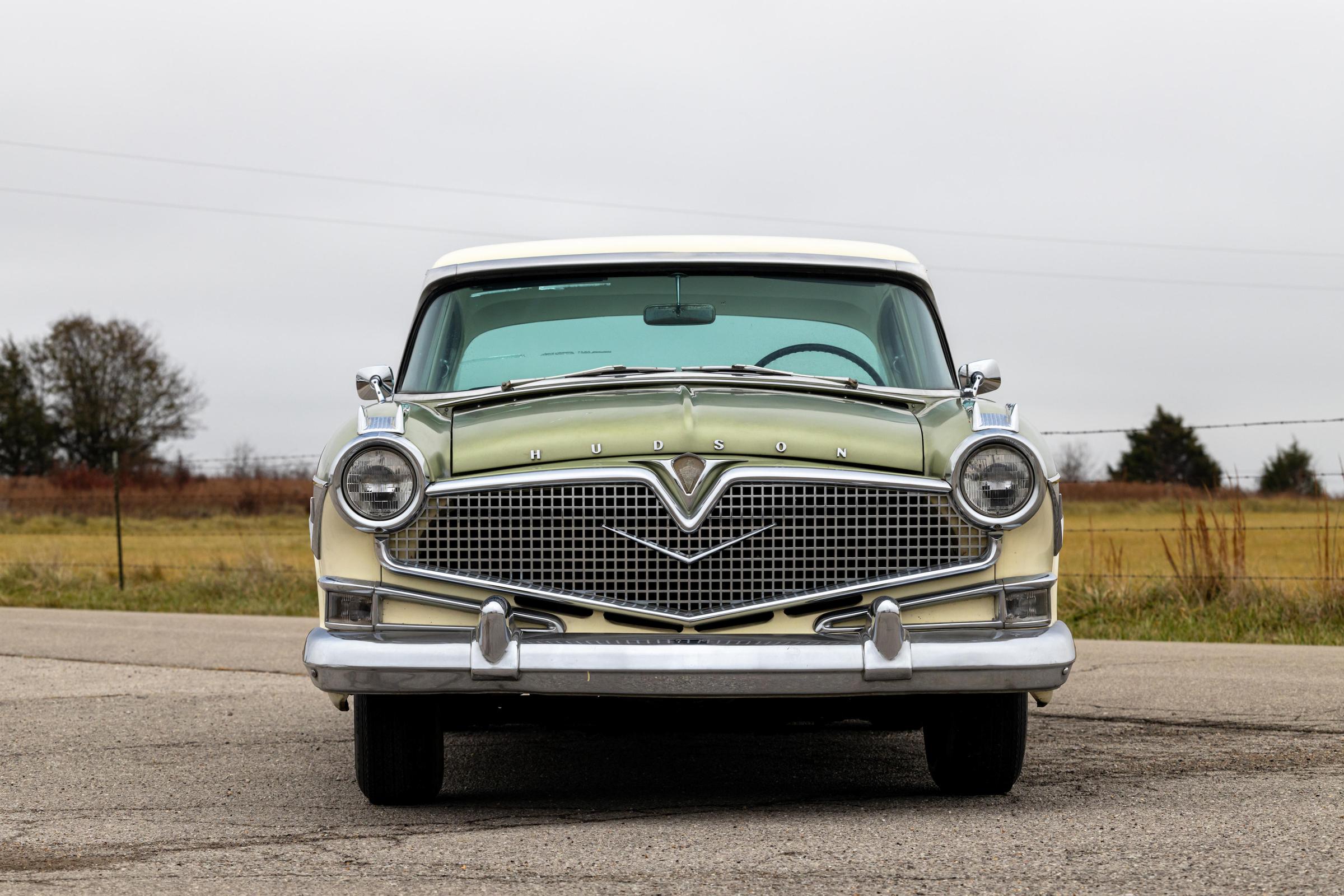
The 1957 Hudson Hornet V8 Custom marks a significant piece of American automotive history, representing one of the final models before Hudson merged into American Motors Corporation. Renowned for its stylish design and powerful performance, the Hornet V8 Custom is a cherished collectible among vintage car enthusiasts.
Engine & Performance:
- Engine: 327ci OHV V-8
- Carburetor: Single 4bbl Downdraft
- Horsepower: 255bhp at 4,700rpm
- Transmission: 4-Speed Hydramatic Automatic
Chassis & Dimensions:
- Chassis No.: Y-13365
- Suspension: Independent Front, Live Rear Axle
- Brakes: 4-Wheel Power-Assisted Hydraulic Drum
Hailing from the final year of Hudson brand production, the Hornet V8 Custom Sedan is recognized for its quality craftsmanship and advanced engineering of the time. The car comes equipped with a powerful 327ci V-8 engine, showcasing Hudson’s commitment to high-performance vehicles. This model also features a smooth 4-speed Hydramatic automatic transmission, ensuring a comfortable ride.
Collectors and auction sites continue to highlight the 1957 Hudson Hornet V8 Custom sedan as a prized model, not just for its rarity but also for its representation of an era where Hudson’s innovation shined brightly despite the challenging market conditions it faced during that time as highlighted by Bonham Cars.
15. 1971 Honda N600 “Woodie” Wagon – Japanese Uniqueness
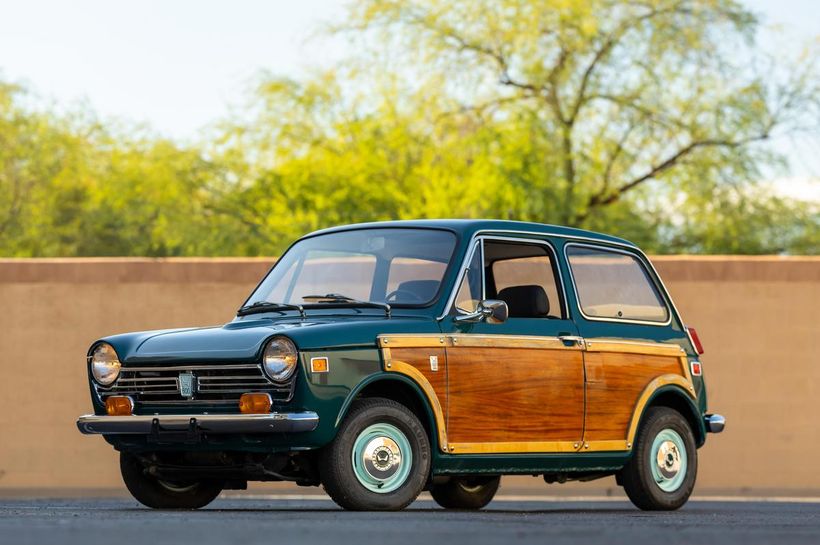
The 1971 Honda N600 “Woodie” Wagon stands as a unique chapter in automotive history, representing a remarkable combination of Japanese engineering and classic wood-paneled design. Initially intended for the compact car segment, the N600 “Woodie” Wagon was a playful adaptation of the standard N600.
Specifications:
| Engine | 36.6 ci, SOHC Inline 2-Cylinder |
|---|---|
| Carburetor | Single 3-bbl Keihin |
| Power Output | 45hp at 7,000rpm |
| Transmission | 4-Speed Manual |
| Suspension | Front, Coil Spring, Rear, Leaf Spring |
| Brakes | Front Disc, Rear Drum |
This vehicle maintained the compact dimensions of the N600 sedan but was enhanced with wood trim for a more nostalgic and distinct aesthetic. Despite its small engine, the N600 “Woodie” was admired for its spirited performance, thanks to its high-revving engine that could produce up to 45 horsepower. The light weight of the car aided in delivering a nimble driving experience.
Interest in the N600 “Woodie” Wagon has grown, especially among collectors of vintage Japanese cars. The car’s rarity, coupled with its unique wood trim, often places it in the spotlight at classic car auctions as noted by Curbside Classic. Restoration efforts typically focus on preserving or recreating the original wood panels, which significantly contribute to the vehicle’s charm and value.
The Evolution of Vintage Cars
The history of vintage cars is a rich tapestry that mirrors the advances in technology and changes in social paradigms. Vintage cars, typically defined as vehicles built between 1919 and 1930, offer a glimpse into an era of profound innovation and design.
The 1920s saw remarkable developments in the automotive industry with the introduction of luxury features and greater attention to comfort. The Ford Model T, one of the most iconic vintage cars, revolutionized mass production and made mobility accessible to the middle class according to the History Channel.
During the Golden Age of Automotive, manufacturers introduced vehicles that combined performance with elegance, establishing brands that symbolize status and refinement to this day. Vehicles from this period, such as the Mercedes-Benz S-Class and Chevrolet Corvette, epitomized both luxury and practicality, becoming coveted collector’s items.
| Decade | Notable Advancements |
|---|---|
| 1920s | Mass production, Introduction of luxury |
| 1930s | Aerodynamic designs, Improved engineering |
The 1930s introduced more aerodynamic designs as speed became a greater selling point, and engineering improvements resulted in more reliable, safer, and comfortable cars. As these classic cars rolled off the production lines, they laid the groundwork for what would become a passionate culture of collectors and enthusiasts that persists to this day.
Frequently Asked Questions
What are some of the best vintage cars that you can buy under $20,000?
For those who are budget-conscious yet keen on acquiring a vintage car, models like the MG B, Triumph TR6, and Ford Mustang from the early 1960s to the late 1970s can often be found for under $20,000. These cars offer a classic aesthetic with a relatively affordable entry point into vintage car ownership.
Which vintage car brands are known for their historical value and iconic status?
Brands such as Mercedes-Benz, particularly for models like the 300SL Gullwing, and Rolls-Royce with its classic Dawn Drophead, are celebrated for their historical significance and timeless appeal. Similarly, Jaguar with its illustrious E-Type and XJS models, has cemented a legacy of luxury and performance.
Can you recommend some practical classic cars for everyday use?
Classic cars such as the Volkswagen Beetle and the first-generation Ford Mustang are known for their reliability and ease of maintenance. These vehicles are well-suited for those looking to enjoy the vintage car experience on a daily basis.
What are considered to be the top vintage cars based on their performance and desirability?
Vintage car aficionados often praise the Chevrolet Corvette for its performance heritage, particularly models from the 1960s. The Ferrari 250 GTO, though significantly pricier, is another performance-centric model that remains highly desirable for its racing pedigree and exclusivity.
Where can I find vintage cars for sale, and what should I look out for when purchasing?
Vintage cars can be sourced from auctions, specialized dealers, and online marketplaces. It’s crucial to inquest on the vehicle’s title, verify its history, ascertain the presence of original parts, and inspect for rust or hidden damage before committing to a purchase.
Which vintage cars are known to be the most valuable and sought after by collectors?
Collector circles often laud the Lamborghini Miura and Bugatti Type 57 Atlantic amongst the most coveted. These vehicles are renowned for their rarity, engineering marvel, and design, often fetching astronomical sums at auctions.
Final Words
Our journey through the world of vintage cars reveals not only the technical and aesthetic milestones of the automotive industry but also the stories and spirits of different eras. Each of these cars holds a special place in history, embodying the ingenuity and passion of its time. Whether you’re a seasoned collector or just a lover of automotive history, the vintage car scene offers an endless road of discovery and admiration. As we close this chapter, remember that these classic cars are more than just museum pieces; they’re dynamic legacies that continue to influence and inspire.
Disclaimer:
The information provided in this text is intended for general informational purposes only. It is based on sources believed to be reliable as of the date of the document’s creation. However, the accuracy, completeness, and reliability of the information cannot be guaranteed. The details regarding the automotive models, features, specifications, release dates, and other related information are subject to change by the respective automobile manufacturers and may not be up-to-date at the time of reading.
This document does not serve as a purchasing guide and should not be used as the sole basis for any investment or purchase decisions. Any reliance on the information in this text is at the reader’s own risk. The author or publisher of this document is not responsible for any inaccuracies, errors, or omissions in the content, nor for any actions taken based on the information provided.

